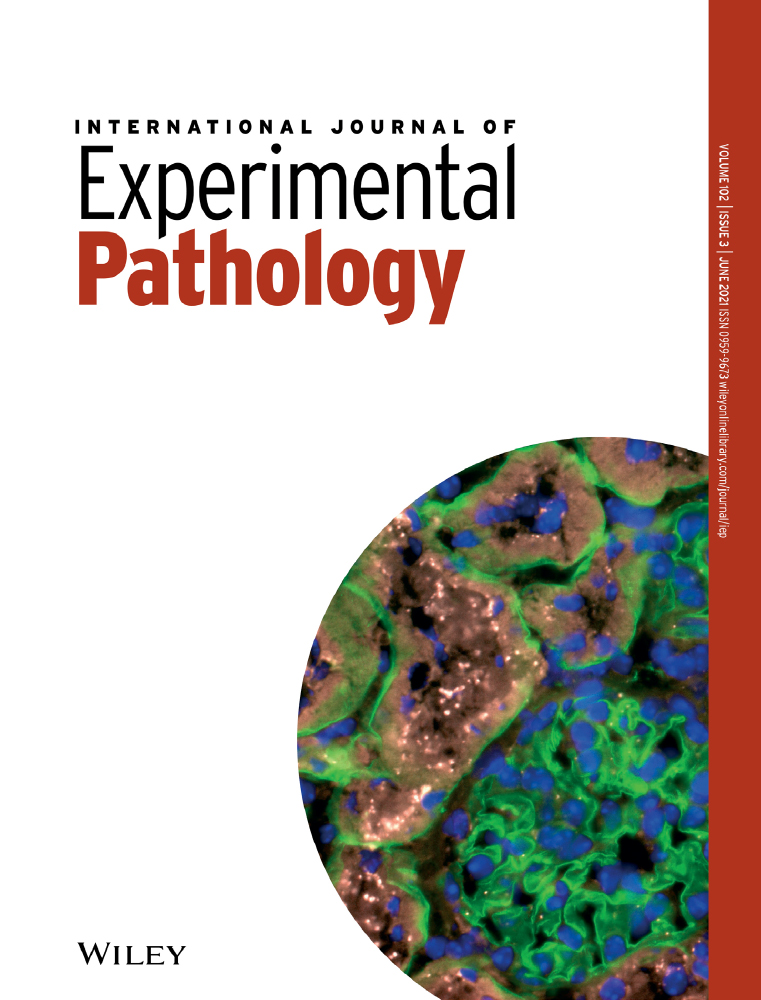The effects of cell surface CD47 downregulation on ischaemia-reperfusion injury during pig liver transplantation
Funding information
This study was supported by the Science and Technology Department of Shanxi Province (No. 201603D421021)
Abstract
This study aimed to investigate the effect of cell surface CD47 downregulation on ischaemia-reperfusion injury (IRI) during pig liver transplantation. Blood samples were collected from healthy miniature Bama pigs randomly and equally divided into CD47 antagonism (group A), without CD47 antagonism (group B) and a sham group (group C). Blood samples were collected from groups A and B at 0, 8 and 48 hours after establishment of the new liver through an indwelling tube in the right internal jugular vein. Blood samples were collected at the same time points after liver dissociation from group C. The expression of interleukin-6 (IL-6) and tumour necrosis factor-α (TNF-α) was detected by enzyme-linked immunosorbent assay (ELISA); CD47 expression was detected by Western blot; and liver function indices, including alanine aminotransferase (ALT) and aspartic transaminase (AST), were directly read by an automatic biochemical analyzer. The concentrations of both receptors in group A were significantly lower than groups B and C, at 8 and 48 hours after establishment of blood flow. At 8 and 48 hours in the new liver stage, the values of CD47 levels, ALT and AST in group A were significantly reduced compared to groups B and C (P < 0.05). The levels of CD47 in the three groups were consistent with the trends of the aforementioned observation indicators. The liver functions of the recipients were significantly improved by reducing the release of the inflammatory mediators. This study provides new ideas and intervention approaches for the treatment of IRI in liver transplantation.
CONFLICT OF INTEREST
The authors declare no conflict of interest.




